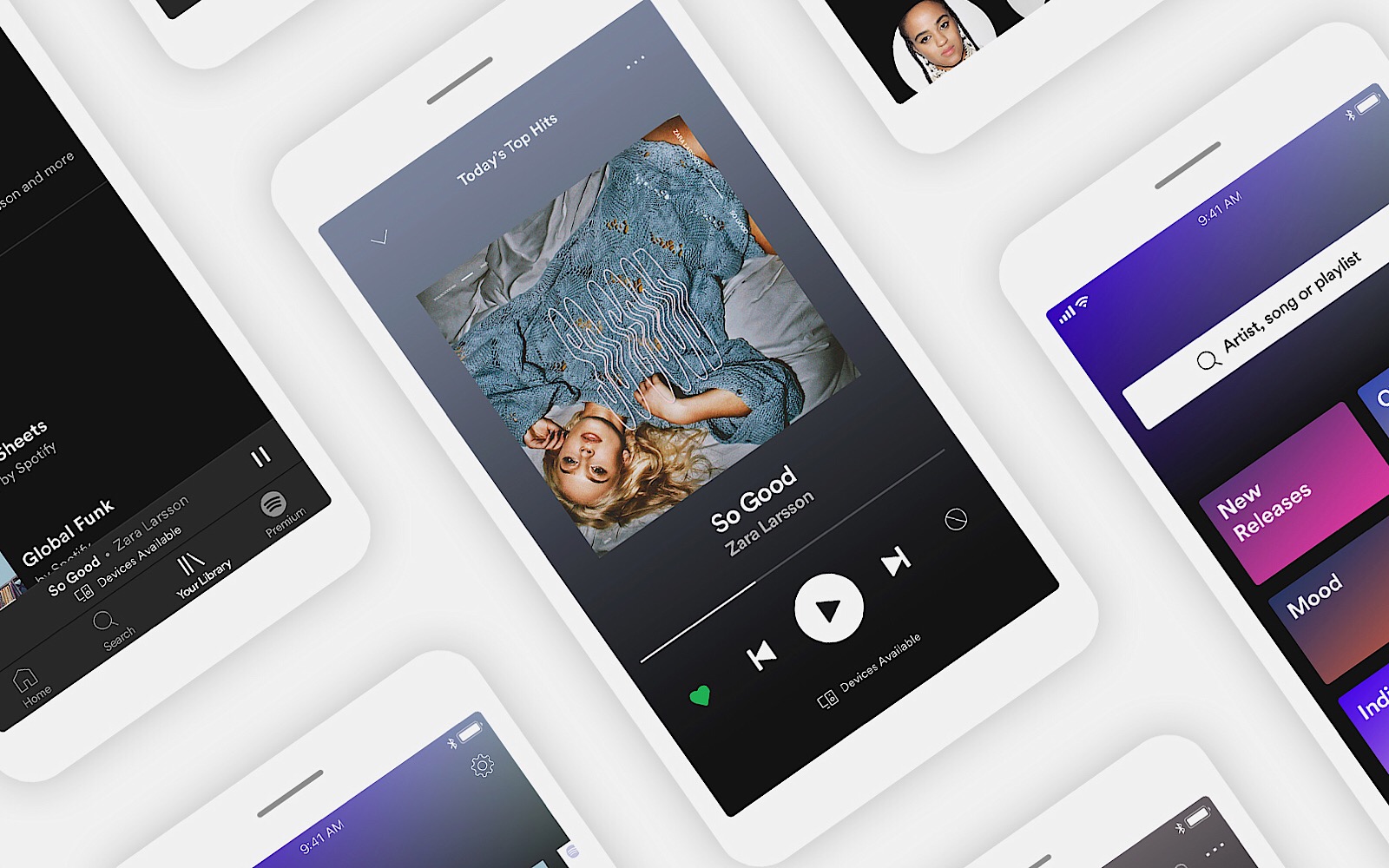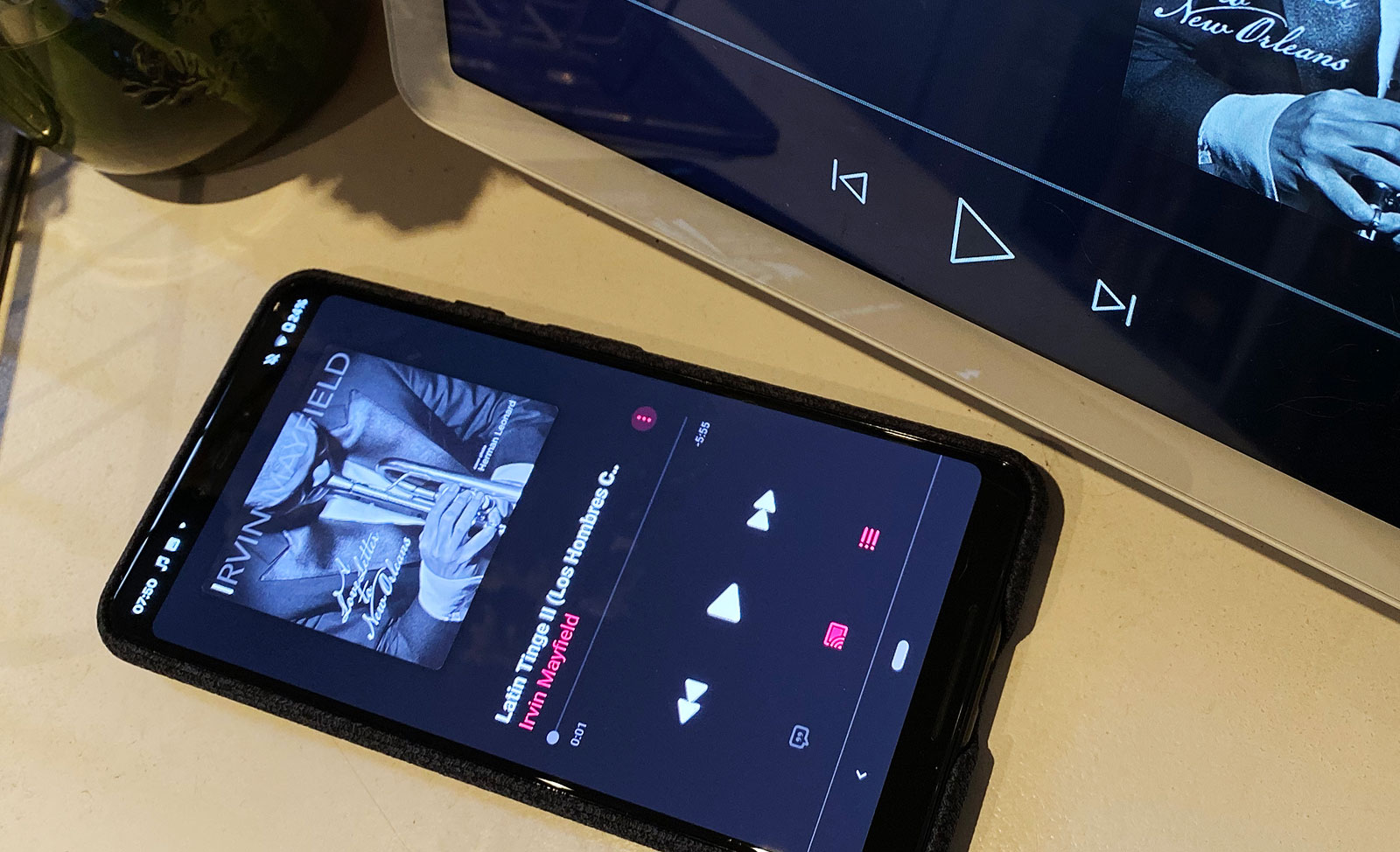Family accounts may well be the best delivery of value in the streaming music world, and if you have more than one member in your family, it’s time to bring them together.
Value in technology isn’t always easy to find, and we’re not sure if it’s something we necessarily look for. The idea of a bargain is something we yearn for, but that doesn’t mean it’s around the corner waiting for you to find it. Yet sometimes, it’s there if you look, and if you have a reason for it.
And for a few bucks more than the single access accounts, family account for music services may well be it.
What is a family account?
A family account is basically what the name suggests, with an account for a service covering what is roughly an entire family. Because every family is different, companies have to quantify what size a family is, and in the streaming music world, a family account cover six people: you and five others.
While that is typically larger than most families, six provides a nice middle ground, and means services are covering families of five quite nicely, with a little bit of extra room if they need to.
Those family accounts aren’t just one account for the entire family, either. That’s what the name might sound like, but in actuality, a family account is individual accounts linked up to an umbrella account.
It means everyone inside that family unit has their own individual account, and it’s managed by the overarching parent in that family, who maintains and pays for that family account.
Which services offer a family account?
In Australia, pretty much every music service you can find locally offers a family account, including Spotify, Apple Music, YouTube Music, and Tidal, with each delivering an individual account under the family account.
It means that if you opt for a Spotify family account for your family, you’ll have a different music account for your likes and dislikes than your partner or kids, and they’ll be able to maintain a distinct one from yours. You’ll pay for all of theirs under the one account, but the music tastes are separate.
That works the same with Apple Music family accounts, too, and indeed any other, and it allows you to connect these individual accounts with other devices, such as smart speakers.
Essentially, a family account allows you to maintain your own music likes and dislikes independent of everyone else in your family, and yet also pay less than you would if you bought individual accounts.
Is it more cost effective to have a family account on Spotify or Apple Music?
That price is typically the big driver for why people move to a family account, too.
While a single account for music streaming in Australia typically hovers around the $12 mark, a family account sits at around $18 or $19 depending on who you’re buying from. Both Apple Music and Spotify charge $11.99 monthly for a single account, while Apple Music charges $17.99 monthly for a family account, and Spotify charges $18.99 monthly for a family account on our spot of the world.
You don’t have to be a genius to start working out that if you have more than one person in your family, these family accounts can start to add up to savings.
For instance, if you had that family of five — two parents and three kids — each with their own $11.99 account, you’d be up for a monthly cost of $59.95 per month, compared with the near $20 per month services charge for a family account.
Even if you have a small family, if it’s you and a partner, you might still be saving money, with two times $11.99 covering $23.98, and still fetching a saving on family accounts.
Can a family account service your extended family?
It can go a little deeper than that, too.
Let’s say your family is only yourself, your partner, and two kids, and you want to push the remaining two spots to your mum and dad, effectively giving the grands unlimited music on Spotify and Apple Music, as well. Depending on the service, you may actually be able to do that.
Apple seems to be the most lenient in this way, simply saying the access is provided to family members. If they’re a member of your family, they’re allowed. You have a provision of five accounts plus yours, so they’re in.
Spotify’s account services are a little more particularly, and advise that a family is made up of people “under the one roof”. It goes further, with Spotify’s family account terms and conditions saying that:
We may from time to time ask for re-verification of your home address in order to confirm that you are still meeting the eligibility criteria.
As to whether Spotify could actually stop you from sharing your family account across family members living in different places, that we’re not sure of. However it could be argued that given we’re in a mobile world, you won’t always be accessing your music from the same roof, and so Spotify may not know.
It is entirely possible for someone to live under the same roof and not be home very often, such as a teenager travelling yet still technically living at home.
YouTube Music adopts a similar logic, advising that its family plan is meant for family members living at the same residential address, while Tidal seems to take the approach Apple uses, offering a family account for family members, not so much an address. Tidal, however, offers two types of family accounts, covering both the standard service and the audiophile-focused Tidal HiFi plan.
Are there any benefits or limitations to a family account?
Aside for paying more money monthly, there aren’t many limitations.
Depending on the service, you may have to bring the family unit under your entire device account, covering App Store payments, as well.
For instance, if you opt for an Apple Music family account, and your family uses iPhones and iPads, they’ll be under your Apple ID as a family unit, and charging App Store purchases as well as any potential iTunes purchases to your account.
It means if your nan uses an iPhone and you include her in your family, not only does she gain access to the Apple Music family account, but any of her future purchases will be made on your account. Worth noting, however, is that apps and games purchased on a family account typically are made accessible to the entire family, so anything you purchase, you purchase for your family, and the same goes with her.
That only happens on the Apple iOS platform for iPhone and iPad, though. If you have an Apple Music account and you use an Android device to access it, the Google Play Store is totally separate from Apple Music, and so doesn’t work this way.
Neither Spotify, YouTube Music, or Tidal seem to have this situation, though, likely because none of their services link to app ecosystems for phones and tablets.
Should I get a family account?
The question of whether you should get a family account comes down to your usage, and if you’re going to save money with it. While the initial logic is that you’ll end up paying a little more monthly — and you will — if you’re currently paying for individual accounts on one search, you’ll likely save money by switching to it, and by bringing several accounts under the one banner.
If you’re worried about your music being connected, don’t: individual accounts are individual, and some services even cater for kid-specific accounts, such as Spotify for Kids, which is only available on Spotify family accounts.
For many, family accounts not only bring the chance to save a bit of money, but also give other extended family members a bit of that music love, handy if you also happen to set them up with a smart speaker that supports that same music service and their account.









